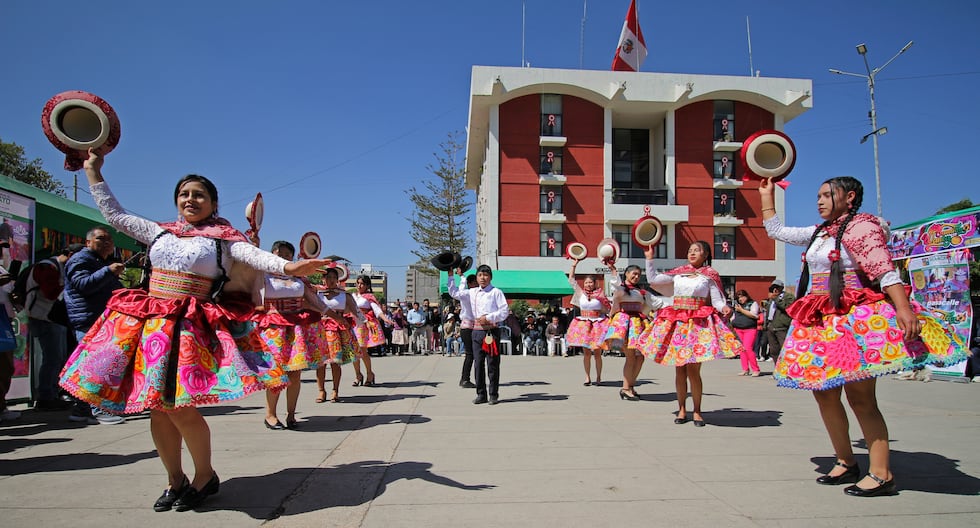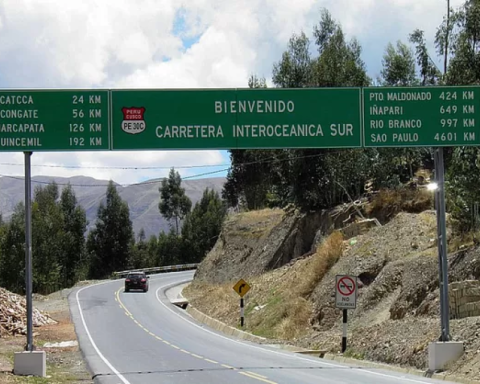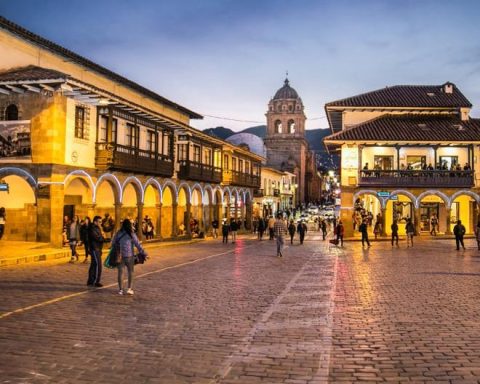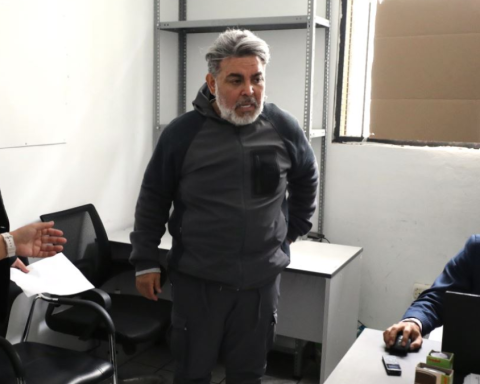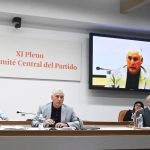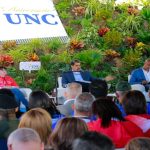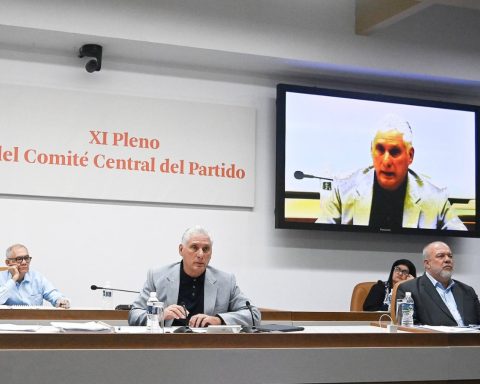Santiago is the biggest festival in the Mantaro Valley, which is celebrated in the 4 provinces and districts from July 24th of each year. However, only in some places, peripheral areas of the urban area, do the 9 stages of this festival take place.
LOOK AT THIS: Huancayo: This is how the 2024 school parade was held (VIDEO)
Folklore researcher César López Cáceres pointed out that the most widespread and practiced by the urban population is the ‘Pasaykushun’ or parade, where dancers go to visit their relatives or the cemetery accompanied by an orchestra or tinya, violin and cacho or wakra. However, there are another 8 scenes that are still cultivated in the rural area and last on average up to 3 days.
Eve – bilay
It begins the night before the main day, when the hosts welcome all their guests with the orchestra ritual or the tinya, inviting them to strong drinks such as aguardiente or pure caña.
Kuka kintu
Everyone sits on the edge of a blanket where the best coca leaves are placed, which represents the multiplication of animals. Later, they will be given as an offering.
Huluy sign
It takes place before midnight. The participants, accompanied by songs played on the violin, wakras and tinyas, head towards the corrals to prepare the animals that will be marked.
Lucy Lucy
It begins before dawn on the central day. It is a ritual where the legs of animals sacrificed for food are burned or “cashpan”. It also wakes up the people of Santiago who fell asleep after the Kuka kintu.
Pasaykushun
Also known as the parade, it is the visit made by the group of dancers to the homes of relatives and neighbours. In urban areas it is most popular in the months of July and August.
Miisa Mastay
During the morning of the central day of Santiago, this space is for dancing and drinking, there is also a colorful blanket, where offerings are placed, which can be fruits, breads, candies, cookies, ribbons of various colors, coca, corn flour, wild flowers, among others. This is presided over by the foreman of the party.
Chikuy ribbon
It is also known as the marking of animals. It begins after midday on the central day. In this space, the wallas are prepared, which are collars made from fruits, breads, special sweets, among others, intended for livestock. They are also placed on shepherds and musicians as a series of incentives for them to continue playing the melodies of Santiago.
At this stage, marriages between animals and guests also take place, with the aim of increasing livestock.
Alapakuy
Known as animal herding, this occurs once the Cinta Chikuy is over and the animals are returned to their corrals or grazing areas.
Pakay sign
It is the burial place of the offerings that were carefully chosen in the Kuka Kintu. “There are actually 9 scenes that are done, but only one of them is shown in the city. Santiago has become better known for its music and the fun part, however they should remember to keep the originality of what is done in a real herranza,” Cesar Lopez said. On July 24, the MPH will carry out a wanka branding.
